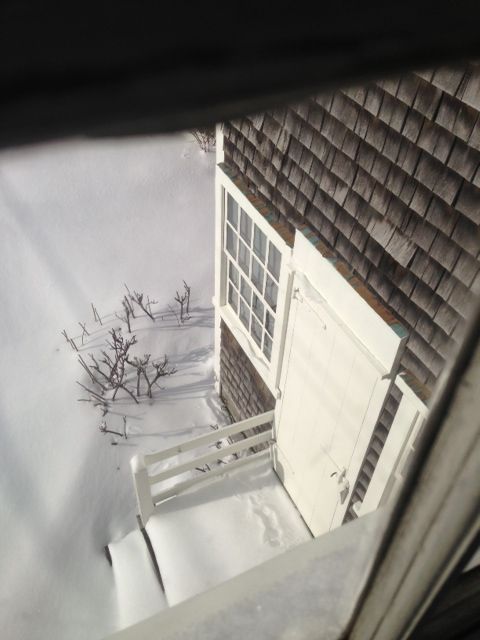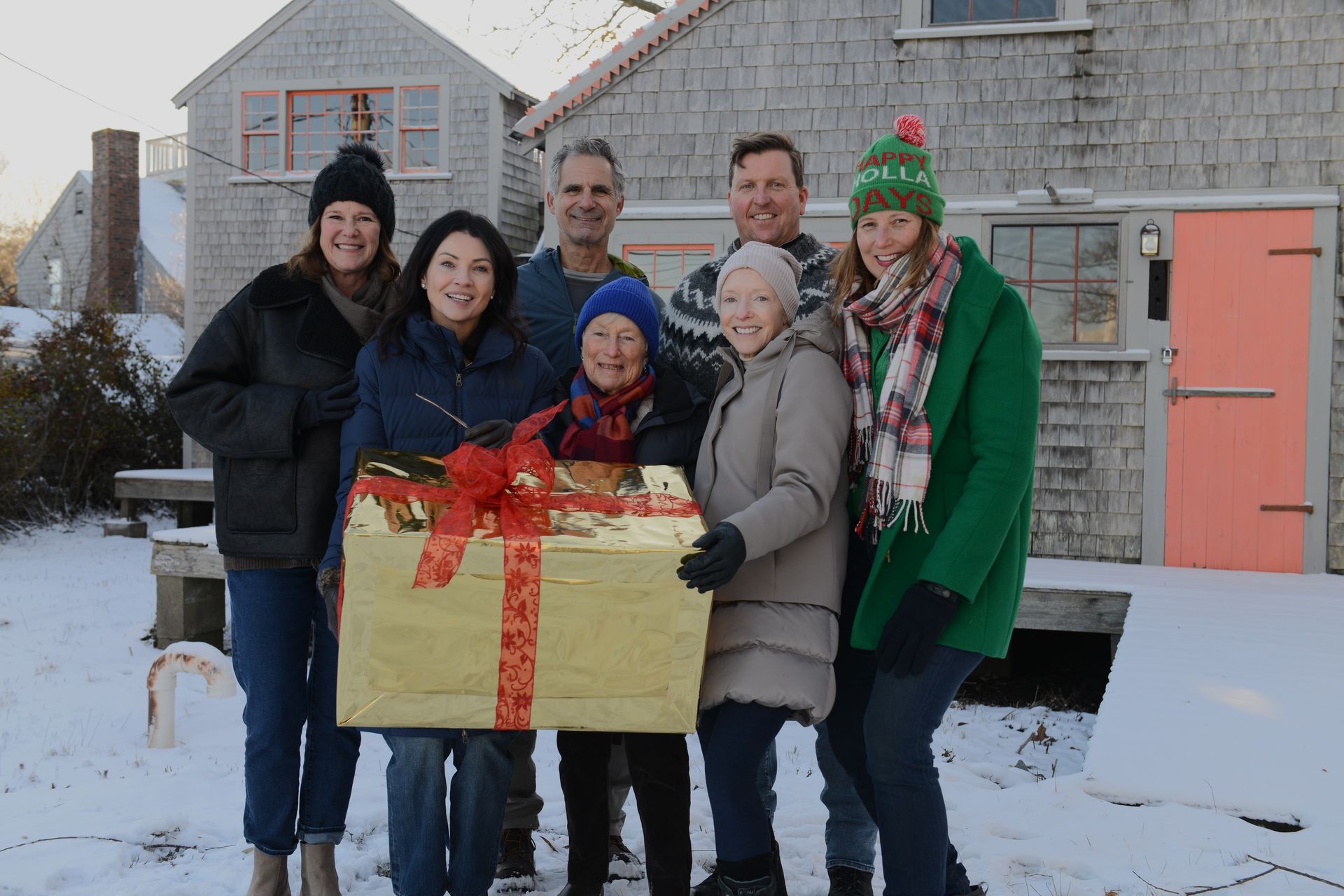A Good Chair
Quite awhile ago, I wrote about some of my collection addictions, including pottery shards, 19th century kitchen mirrors, and of course, enamelware. Well, here is another one for you.
I love chairs. Yes, this is another collection addiction of mine. But not all chairs – chairs from the eighteenth and nineteenth centuries. Typically, I like plain, simple wood chairs with a horizontal piece or two of wood for the back and a plain, thick wood seat. Simple, not a lot of turns to the wood, and not a lot of decorative features or paint.
Several years ago, I had a meeting at the home of the leader of a group I was working with. She owned the Obed Macy house, very much untouched and quite a remarkable house. Yes, Obed was the Nantucket historian (among other things), as well as the son of island entrepreneur Judith Macy, and the nephew of the island “she-pirate” Kezia Coffin.
We met outside on the side porch which was a late 19th century addition to the house and one that certainly reflected what life was like in the period it was added to the house. The owner had brought out every chair in her home. I was on a chair high (not a highchair!) – here I had my choice of nineteenth chairs to sit on. Since I was one of the first to arrive, I took my time picking out which chair I was going to sit on – I kid you not. I was like Goldilocks − though I was grown-up enough not to sit on every chair to decide which one I was going to claim for the meeting! I went on and on and likely on and on about all these lovely chairs to her.
Unfortunately, the day came several years later when she was faced with having to sell her beloved home to move off-island. She called me. She wanted to know if I wanted any of her chairs since she remembered how much I went on and on about them. It was a mixture of emotion because losing this island resident was a loss for the island and for its history and historic architecture. I went to her home a few days before she was going to have her sale and helped her move items from the house out onto the lovely 19th century side porch where I first reveled in her chair collection and also out into the large, simple backyard that looked like it too had not been touched since the 19th century. She told me to take whichever chairs I wanted as she wanted me to have them. Depressing. I told her I would not take but that I would buy. We had a little back and forth but she finally relented. Then, I had to choose and it was quite agonizing. Not wanting to be a chair hog, I limited myself.
I now have two matching and two others sitting around my dining room table made from salvaged Nantucket pine floorboards. We refer to them as “Helen’s chairs” – their previous owner. She likely found them here on Nantucket; one or more may have even come with the house when she bought it. We eat every meal sitting in them, spend time with our family in long discussions and laughter sitting in them, and each time I sit, touch, dust, or move them, I think of Helen and the house these chairs once sat in and the conversations and people they must have witnessed over the many years. A simple wood chair – a witness to history and time.
JNLF
Recent Posts





